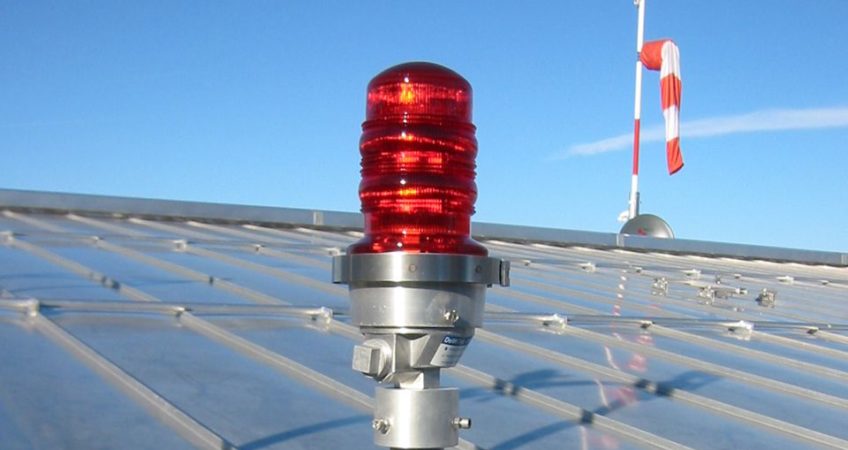One of the key components of the construction of any tall structure is the addition of aviation obstruction lighting. This lighting system plays a key role in keeping aircraft of all types from crashing into obstructions of any sort, like an
exhaust stack.
While their purposes can vary, what matters is that these structures are very tall, and they pose a serious threat to aircraft, especially because they output heat. While heat can obscure lighting, these structures can also accumulate
deposits that may obscure lighting as well. Daytime lighting has different requirements. Assuming a consistent diameter, lighting sets are only required beginning at 105 meters in height.
Depending on height, diameter, and other factors, there are specific requirements for aviation lighting on these tall structures. Lighting also depends on jurisdiction. This means that local, state, or federal authorities have requirements for whether lighting must be present during the day, during the night, or both. This is why in addition to the specifications of any project, the local code requirements are essential to the construction of any tall structure. This can also depend on whether the structure is marked with an appropriate high visibility paint.
There are a number of light rules dictating intensity that correlate with height or diameter. An aeronautical study may also determine that lighting is needed beyond the normal standards. Other factors must be taken into consideration, such as how high the top obstruction lights must be placed to avoid being contaminated by the output of the structure (smoke, heat, etc.).

